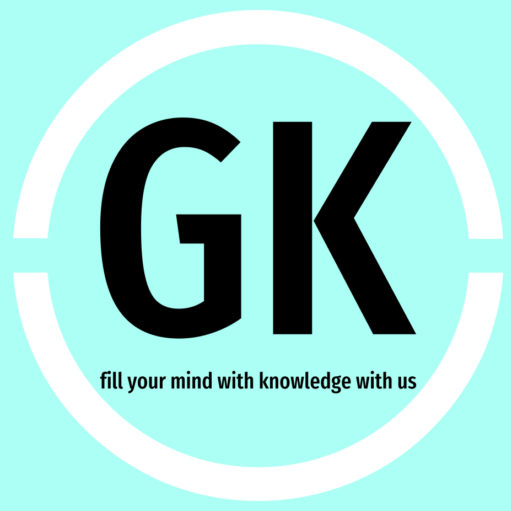Introduction:
In today’s dynamic real estate landscape, understanding the complex workings of a mortgage is not only prudent, but mandatory for aspiring homeowners. A mortgage, beyond being a mere financial instrument, represents a gateway to home ownership, symbolizing a multifaceted arrangement between the borrower and the lender. This guide aims to demystify the complex world of mortgages, shedding light on their mechanics, processes and diverse aspects, empowering individuals to navigate this important aspect of real estate transactions with confidence and clarity.
Table of Contents
What is a mortgage?

At its core, a mortgage embodies a symbiotic relationship between the borrower and the lender, which results in the acquisition of real property. For the borrower, it presents an opportunity to secure the funds needed to purchase a home or property, while for the lender, it serves as a secure investment backed by the asset. The essence of a mortgage lies in its contractual nature, wherein the borrower commits to repay the borrowed amount along with interest over a predetermined period by regular installments.
How mortgages work
Mortgages work on the basic principle of providing financial benefits to individuals wishing to own a property. When an individual or family wants to purchase a home but lack the necessary funds, they embark on the journey to secure a mortgage. It involves a complex appraisal process by the lender, which includes assessment of the borrower’s financial position, credit worthiness and the appraised value of the property. Once approved, the borrower gains access to the funds needed, allowing them to complete the purchase, beginning a long-term commitment to repay the loan with interest earned.
Mortgage Process
The trajectory of obtaining a mortgage unfolds through a series of carefully arranged steps, each of which has significance in the ultimate attainment of homeownership:
- Pre-Approval: Starting with the pre-approval process, borrowers undergo a check of their financial creditworthiness, providing insight into their borrowing capacity and laying the groundwork for subsequent negotiations. goes.
- Property Exploration: Armed with pre-approval, borrowers set out on a quest to find a property that suits their preferences and financial parameters.
- Application and Underwriting: The formal application process begins, in which borrowers submit extensive financial documentation, paving the way for underwriters to carefully examine the application.
- Appraisal and Inspection: Concurrently, the property is appraised to ensure fair market value, while the inspection detects any latent issues or discrepancies.
- Closing: In the closing stage, the borrower places his or her signature on a series of legal documents, settles closing costs and formalizes the transfer of ownership.
Types of Mortgage
Diversity characterizes the scope of mortgages, with a variety of options meeting different needs and circumstances:
- Fixed Rate Mortgage: Providing stability and predictability, fixed rate mortgages offer a consistent interest rate throughout the loan term, giving borrowers peace of mind amid market fluctuations.
- Adjustable Rate Mortgage (ARM): Unlike their fixed-rate counterparts, ARMs have variable interest rates, which are subject to periodic adjustment in response to current market dynamics.
- FHA Loans: Backed by the Federal Housing Administration, FHA loans provide a lifeline for borrowers with limited financial resources, featuring generous credit requirements and minimal down payment obligations.
- VA Loans: Reserved for veterans and service members, VA loans provide a gateway to home ownership with favorable terms including zero down payments and competitive interest rates.
- Jumbo Loans: Geared for affluent buyers with an eye on high-value properties, jumbo loans accommodate loan amounts exceeding traditional limits, though subject to stringent eligibility criteria.
How to compare mortgages
Navigating the maze of mortgage options requires smart comparison methods that involve a holistic assessment of key parameters:
- Interest Rates: Check the interest rates prevalent across lenders to assess long-term affordability, distinguish between fixed and adjustable rate offerings.
- Loan Terms: Dive deep into the intricacies of loan terms, examining factors such as loan tenure, prepayment penalties, and amortization schedules.
- Closing Costs: Factor in the spectrum of closing costs, covering appraisal fees, origination fees, and title insurance premiums, to measure the overall financial impact.
- Lender Reliability: Prefer lenders that boast stellar reputations and track records, promoting trust and reliability throughout the mortgage journey.
- Total Cost Analysis: Use online tools and calculators to calculate the comprehensive cost of each mortgage variant, including both principal and interest obligations over the life of the loan.
conclusion:
In short, sorting out the mortgage maze is important for individuals on their path to home ownership. By immersing themselves in the intricacies of mortgage mechanics, navigating the sequential progression of the mortgage process, exploring the breadth of mortgage types, and making careful comparisons, borrowers chart a course toward securing the optimal mortgage arrangement tailored to their aspirations and financial privileges. Can prepare. Equipped with knowledge and insight, the pursuit of home ownership becomes not just a dream but an actual reality.

